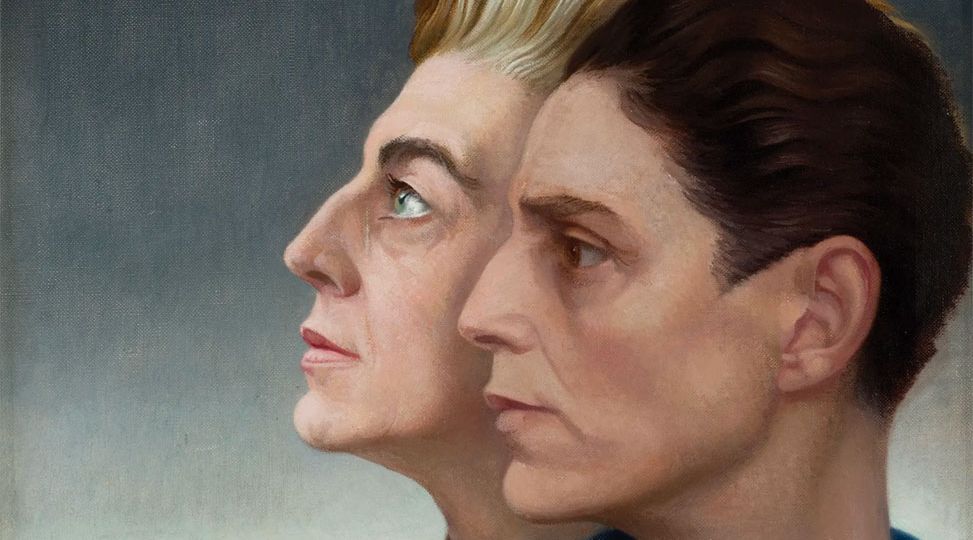
Are Type Preferences Balanced?
The Editors, Mark & Carol, May 2, 2012
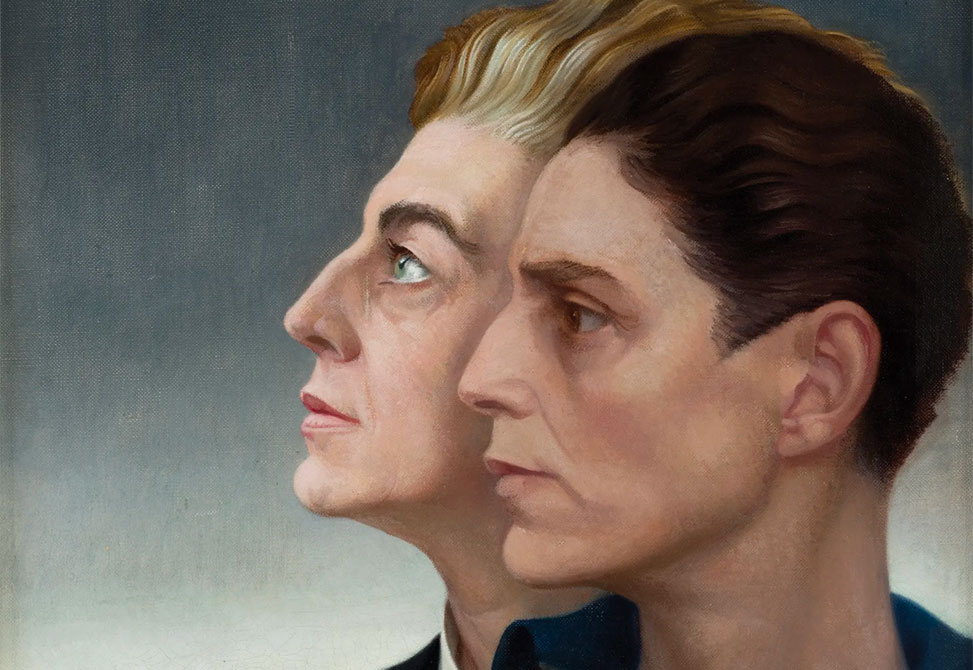
Hunziker, INTJ
I find this to be very interesting work, and wonder whether Doug Wilde may indeed have found a way to get directly at function-attitude use and/or development. However, I’m skeptical of the idea that it also reveals innate function-attitude preference, as he believes. Self-reporting responses are notoriously influenced by environmental influences on the respondents, and unique development patterns are reflected in the results too. It is for these reasons that we are taught that only the individual can determine his or her true type—not the instrument and not the observer. Sometimes reliable verification can take years of informed, careful self-observation, and skilled coaching of this process by type professionals can be so challenging that it’s virtually an art form.
The author believes that he has confirmed finding new configurations of natural function-attitude preferences by observing the students, with special attention to those whose results appear to show preferences that don’t fit with those predicted by the principles of type dynamics. But the subjective verdict of any single practitioner on this does not constitute verification. In fact, there may not be any single reliable methodology for testing this proposition conclusively. The distinctions between developed, naturally preferred function-attitudes and developed, but non-preferred, function-attitudes are simply too subtle and elusive. So I ask myself, ‘What would it take to erode my confidence in traditional Jungian psychological type theory and the principles of balance, tension, adaptation, and growth upon which it is founded?’ It would take the testimony of a large number of expert type users, talking about their own typology; and even then, the feedback could be easily skewed in one direction or another by how one evaluates type ‘expertise.’
But it is healthy to challenge our assumptions periodically, and Dr. Wilde’s work gives us reason for just such a reassessment. I hope that type users will consider, discuss, and test these ideas, and that this will eventually lead to a convincing accumulation of evidence on this point—and perhaps even lead to advances in understanding that we haven’t yet imagined. In the meantime, I’ll continue using the traditional Jungian framework while also experimenting to find out what these “quantitative typology” formulas might reveal about the development and use of the function-attitudes in myself and my clients.
Shumate, ENFP
Doug Wilde’s adaptation of the MBTI® scoring system combines the attitude with the function rather than scoring them separately. This certainly appears to be closer to Jung’s intent than the standard method (although, granted, we don’t know CPP’s algorithm) since Jung describes the types via the function-attitudes, not just the functions. I’m not sure it’s sensible to slice and dice the extraversion-introversion score and divvy it up the way Wilde does to get the function-attitudes, but this is a question I have about the standard scoring system as well. So, that issue apart, I’ll focus my comments on the possible meaning of Wilde’s results.
That Wilde’s system can produce high scores in two functions in the same attitude could be due as Mark Hunziker observes, to use and development brought on by stress (overactive defenses) or environmental conditioning such as work requirements, without necessarily indicating innate preference. Same-attitude preferences are not unknown, but is this phenomenon normal or desirable? Lenore Thomson’s work describes a tendency for immature individuals to overuse the tertiary (at the expense of the auxiliary) because it’s in the same attitude as the dominant. John Beebe has observed that some clients come to therapy because their auxiliary functions have been suppressed, hence they rely on the same-attitude functions and get out of balance. Wilde’s variant results, if legitimate, could have four possible explanations: Perhaps a) these individuals are not yet mature and tend to overdo their dominant attitude; b) these individuals are mature but ‘aberrant’ or ‘unstable’ types, as Angelo Spoto calls them; c) the psyche is not a balancing machine as Jung proposes; or d) the psyche balances in a different way than that proposed by conventional “type dynamics.”
To determine which of these is true, we would need to see a theoretical explanation for Wilde’s results. How does his scoring system reveal the balancing of function-attitudes that Jung’s theory proposes? What purpose would it serve the psyche to have dominant and auxiliary in the same attitude? An answer would require a lot of data-gathering to learn how the FAs manifest in the double introverts and dual extraverts, and then an analysis of those results to reconcile them with Jung’s theory—or to produce a variation on his theory.
Like Mark, I suspect that Wilde’s scoring system is measuring use and development if it’s measuring anything, not innate preference, just as I believe the standard MBTI scoring system is often measuring use and development. That’s what we need the feedback session to determine. Whatever the case, I can envision using both scoring methods to obtain maximum information about a client, as long as we don’t overlook the feedback session, or the theory behind the assessment.





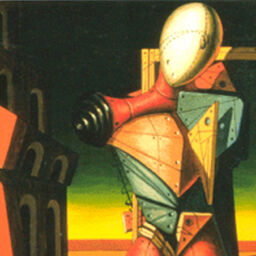








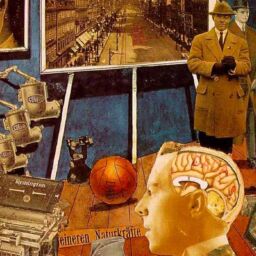

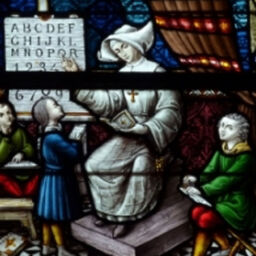
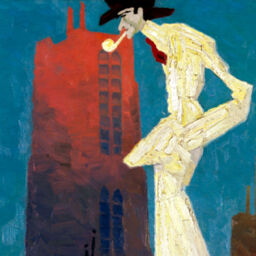
As addendum to my remarks on the auxiliary not having an attitude of its own right, there are complications: in reality that the secondary function acts wholly as an auxiliary and only as an auxiliary is too idealized. A good example of a case where the degree to which the secondary attained its own independent consciousness probably comes from Nietzsche; Jung wrote at some points in life, he was more or less identical with intuition, but at others he exhibited conscious introverted thinking, enough to be a particularly pronounced instance of that type.
Well I have a slightly different slant on this issue of opposite attitudes vs same attitudes, perhaps.
I am reasonably sure the right interpretation of Jung isn’t that the top two functions occur in the same attitude, so much as the main attitude of consciousness is one, and the unconscious attains the opposite one as compensation. What this means is the auxiliary, to the extent it is acting in harmony with the dominant’s agenda, can be “imagined” to be in the dominant’s attitude, which isn’t quite the same as saying the auxiliary has an attitude of its own right — it doesn’t, to the extent it is an auxiliary. One could just as well say the auxiliary, since it cannot wholly be subsumed by the dominant principle (since it is irrational if the dominant is rational) retains some of its own attitudinal energy in a typical case, and that this portion flows opposite to the dominant as part of compensation. While a rigid interpretation would perhaps consider this portion entirely unconscious, in reality since Jung is clear there’s no pure introvert or extravert, it probably surmises to the extent someone accesses the opposite attitude in a healthy way at all, it’s through the auxiliary most likely.
What I don’t think Jung would quite agree with is the idea of more or less placing two functions in opposite attitudes on close to equal footing, in someone who is what he’d call not a normal undifferentiated man/woman, and instead is a clear, pronounced introvert or extravert.
Regarding the issue of measurement, use of functions versus consciousness, well it is true consciousness is a rather internal, theoretical thing to talk of as far as I understand, and use/development tends to involve things like how well the natural type plays with the persona/brings consistent psychological rewards.
There are many factors besides the ego which appear to influence development, e.g. complexes and so forth which add various emotional spikes to situations that naturally may call to certain functions or attitudes.
I like to think of this issue in terms of Jung’s idea that the type is a sort of orientation: to some extent, if the individual is pictured as on a boat, the various functions represent the directions you turn and travel no the journey (which depends on the route). The ego type should represent one’s general sense of purpose, without which one wouldn’t have any reason to travel to a destination in the first place.
Really the details of how and when someone accesses the many types of consciousness is where development and variation is huge.
And it’s also true one can’t rigidly define the ego either, separating it neatly from the dynamic development of functions — conceptually they are two separate things, but in practice it can be a losing battle to try to rigidly pin where one ends and the other begins. But still, attempting to define it precisely gives a kind of orientation.
Hi,
Just a brief comment to say that if you’re looking for function order (preferred or actual) or consciousness or level of development, then the MBTI is the wrong place to look for it. I know Doug is well-meaning and all that, but psychological type is not a measurement theory, nor does it depend on measurement of any kind, no matter how interesting and helpful the various type questionnsires are.
What I understand Doug’s method to be (at least in underlying approach) from memory was discussed in the MBTI Manual (second edition) and I discussed that kind of thing with Mary McCaulley, who was somewhat more captured by the measurement paradigm than I am.
I’m writing something for the publication organised by Mark and Carol and will say more in that forum rather than simply stating an opinion (based on research and some key facts) as I have here.
Regards
Peter
An interesting model–worth exploring and trying out more.
Related thoughts: Jung mentions there being many types. He describes eight. Myers & Briggs described sixteen. But really, it appears that there are an enormous number. For example, a person may develop just one dominant in one world (as Jung describes). Or they may develop a dominant in one world and an auxiliary in another, as Myers & Briggs describe. But there are so many other options, which I think do occur, and which actually follow nicely out of Jung’s theory. A person may not consciously develop any functions at all. Jung refers to this as primitive but he also at times describes this as more healthy–there is no psychic wound, as he says in one place, caused by splitting some functions into the conscious and leaving others unconscious. Or a person may develop both a dominant and an auxiliary in the same world. I think of a student of mine who self-identified as INTJ but who developed both functions introvertedly because his home environment felt unsafe so he didn’t do much on the extraverted side at all. When you stop and think of all the possible combinations of developing a function either extravertedly or introvertedly, and developing each function consciously or not developing it consciously, and level of conscious development of each function at any particular point in time, and development of various functions over time–well, you come out with a lot of possibilities, which fits Jung’s idea of there being a lot of types.
And one comes back to the question of whether type is inborn. As far as I have found, Jung only seems to claim that I/E is inborn. To what extent is the rest of type development inborn, if at all? It’s not clear to me, and if only I/E is inborn, there is no reason there couldn’t be an awful lot of possible types out there. That would make type identification pretty complicated.
And we don’t have to accept Jung’s say-so, of course, but I have enormous respect for his perspectives and tend to go back and check how he saw these things.
One other thought re Mark’s point about the individual self-identifying their own type. I actually don’t agree that the individual is in the best position to identify their own type. Sometimes they can, but I think a lot of time people have blind spots and can’t see as clearly as someone else can. Humility is, of course, always called for, in such a case.
I agree with Carol and Mark that my “scoring system is measuring use and development, not innate preference”, for it is simply a mathematical transformation providing a way to see MBTI results in Jungian terms. My experience with Stanford students has shown me that mature doubleverts do exist who do not seem to me “unstable”; they are “abberant” only in the sense that their f-a’s differ from the questionable predictions of type dynamics. Moreover, I do not believe that domain attitudes “balance”, a concept I attribute to Briggs via Myers rather than to Jung, who in my opinion Myers read out of context. Finally, my example demonstrates how the “psyche balances in a different way than that proposed by Type Dynamics”, since TD’s dominant and auxiliary mode predictions don’t always match the pattern of questionnaire responses. Readers: compare for yourself by using Mark’s spreadsheet to map into the Jungian domains.